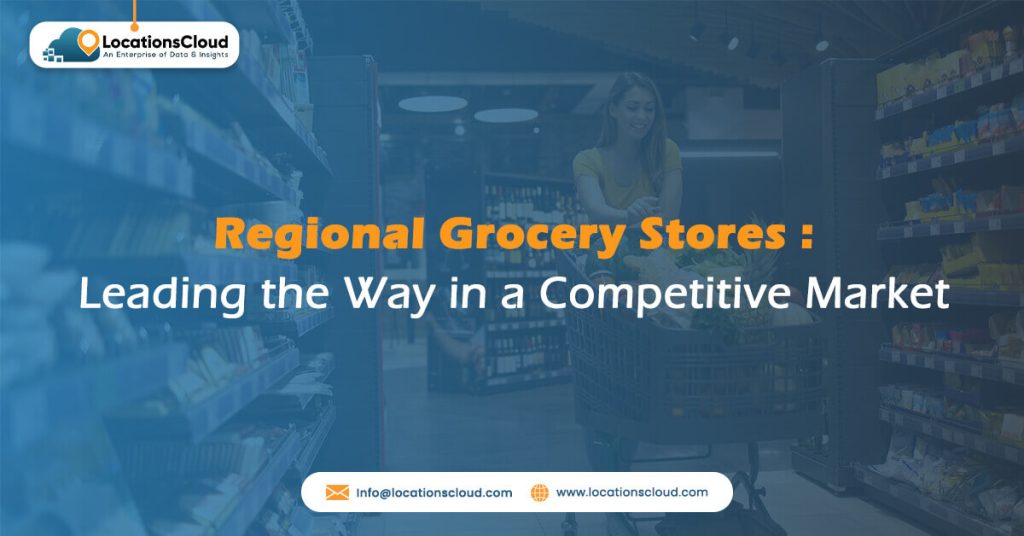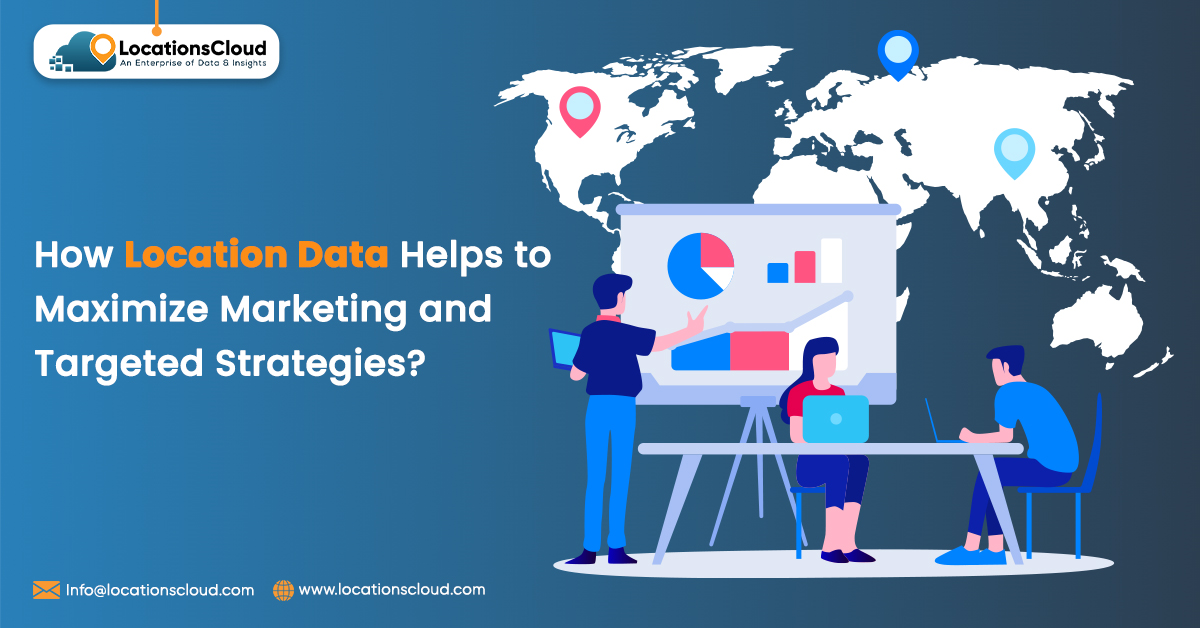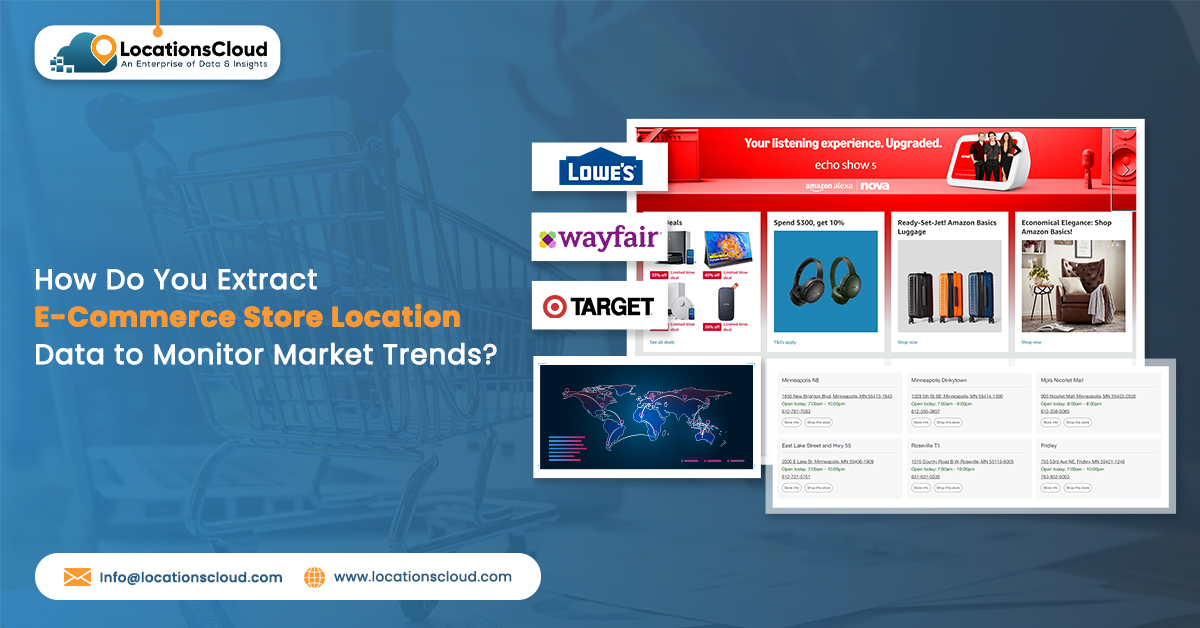
In the bustling world of the grocery industry, where prominent players often take the spotlight, local and regional grocery stores are proving to be strong contenders. They’re carving out unique spaces and surging ahead of the competition. These community-focused champions are more than just neighbourhood stores; they’re intelligent innovators who adjust, specialize, and deeply connect with their communities. Let’s dive into these regional grocery chains’ strategies to thrive in this dynamic landscape.
Understanding the Competitive Landscape
It involves analyzing market rivals, their strengths, weaknesses, strategies, and market share. It helps businesses identify opportunities, threats, and positioning strategies to gain a competitive edge and make informed decisions in their industry.
Different Types of Players
When you first look at the grocery market, it might seem like the big national companies dominate. However, largest grocery chains are standing firm by becoming essential to their local communities. They offer personalized experiences that larger competitors often need help replicating.
Challenges and Trends
Regional chains face challenges, like having different advantages than more prominent companies. But they’re quick to spot and take advantage of market trends. This includes addressing the growing demand for organic and locally sourced products that many shoppers want.
Strategies Used by Regional Grocery Stores
Regional grocery stores often employ strategies such as emphasizing locally sourced products, fostering a sense of community through personalized customer service, competitive pricing, and tailoring their product selection to cater to the unique preferences and dietary needs of the local population.
Special Attention to Community and Marketing
One significant advantage of regional grocery stores is that they know what the local people like. They shine by selecting products that match specific tastes and cultures. This creates a shopping experience that feels special and builds strong community bonds.
One-of-a-kind Products and Expertise
To truly stand out, largest grocery chains focus on being unique. They offer exceptional products, often from local farmers and producers. This not only makes shopping individual but also supports local businesses.
Embracing Technology and Fresh Ideas
Regional chains fully welcome technology to keep up with their bigger competitors. User-friendly mobile apps for ordering online and getting deliveries make things easier. Plus, they’re using automatic checkout systems to make in-store shopping quicker.
Making the Shopping Experience Better
Personalization is super important. Regional grocery stores know their customers well, suggesting products based on previous purchases. They also have loyalty programs and rewards that make customers feel like they belong, turning them into big fans.
Local Sourcing and Being Green
Local sourcing involves obtaining products or materials from nearby suppliers, reducing transportation emissions and supporting local economies. Being green refers to environmentally responsible practices that minimize ecological impact.
Getting Close to the Community by Sourcing Locally
Regional chains build strong connections with their communities by buying locally. They partner with local farmers and producers, ensuring customers get fresh, top-quality products. This trust helps the local economy, too.
Taking Care of the Environment
In today’s world, being eco-friendly is crucial. Regional chains are quick to use practices that help the planet. By cutting their carbon footprint and producing less waste, they attract shoppers who care about the environment.
Staying Quick in Supply Chain Management
To stay quick in supply chain management, streamline processes, adopt technology, optimize inventory, foster collaboration, and monitor trends to swiftly adapt and meet customer demands while minimizing disruptions.
Quick to Adapt to Changes
Being flexible is a big deal. Regional grocery stores are good at managing their supply chains and quickly reacting to changes in what shoppers want. This flexibility helps them keep shelves stocked and avoid those frustrating empty spots.
Avoiding Problems in the Supply Chain
Regional chains use different suppliers and backup plans to avoid disruptions in the supply chain. This way, they always have products to sell, even when things get unpredictable.
Training and Keeping Employees Happy
To maintain a content workforce, provide effective training, clear communication, fair compensation, opportunities for growth, and a positive work environment that values employee well-being and satisfaction.
Smart Staff
Having friendly staff makes shopping even better. Regional chains put lots of effort into training their employees so they know all about the products and can help customers well.
Making Work a Great Place
Regional chains make employees happier and more committed by creating a positive workplace. This means they provide better service since happy employees love helping customers.
Learning from Customer Data
Learning from customer data involves analyzing and deriving insights from the information collected from customer interactions and behaviours to improve products, services, and marketing strategies.
Knowing Shoppers Well
Data is a treasure. Regional chains use data to understand how shoppers act, making changes to match what people like.
Personalized Marketing
With this information, regional chains create marketing that feels personal. Customers get deals and offers they’ll like, which keeps them returning.
Case Studies: Success Stories of the Largest Grocery Chains
Below mentioned are the case studies of largest grocery chains:
H-E-B: Getting Close to the Community
A great example is H-E-B, a popular grocery chain in Texas. They’ve become a beloved local grocery store by deeply engaging with the community. They connect with local farmers and producers, ensuring shoppers get the freshest products while helping local businesses. H-E-B also uses technology, like their mobile app, to simplify shopping. Their strong community bond and intelligent use of technology have helped H-E-B stay ahead of the game.
Food Lion: Personalized Shopping
Another example is Food Lion, a regional chain in the southeastern United States. They focus on giving customers a great experience. Their “Shop & Earn” loyalty program rewards customers, making them feel loyal. Using shopper data, Food Lion tailors their marketing so customers get deals they care about. This personalized approach and their focus on sustainability and local sourcing have helped Food Lion thrive in a challenging market based on the grocery market analysis.
Looking to the Future for Regional Grocery Chains

Regional grocery chains must adapt to changing consumer preferences, embrace technology for efficient operations, prioritize sustainability, and foster local partnerships to remain competitive and relevant in the future retail landscape.
Facing Challenges Head-On
Even though challenges are there, regional chains stay strong. They’re ready to face tough competition by using new and innovative ways to stay in the game.
Technology’s Role
The future will bring even more technology. From AI-powered shopping help to better delivery choices, regional chains will change how we shop.
Growing in a Good Way
By sticking to local sourcing and sustainability, regional grocery stores can attract shoppers who care about these things. They’ll also stand out in a changing market.
Conclusion
Largest grocery chains stand tall against big companies by using clever strategies in the exciting world of groceries. They focus on the community, uniqueness, and accessible technology use. With a commitment to sustainability, happy employees, and using customer insights, these regional heroes aren’t just staying ahead; they’re changing how the grocery industry works.




